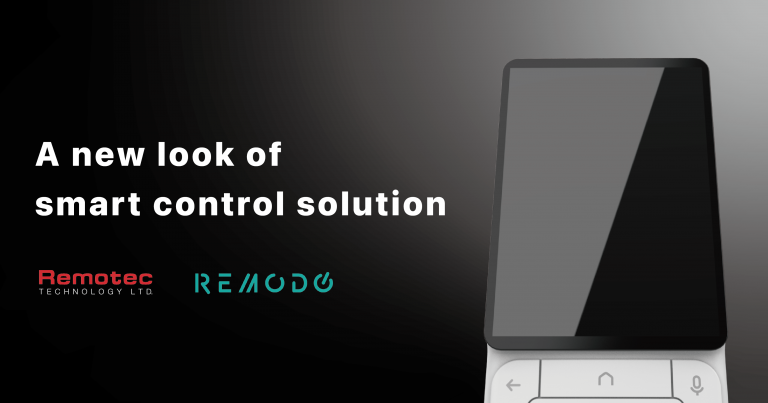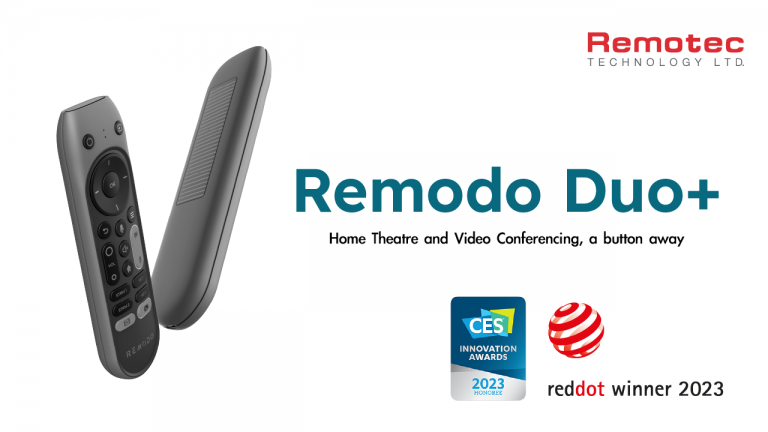4G is the fourth generation of broadband cellular network technology, succeeding
3G, and preceding 5G. A 4G system must provide capabilities defined by ITU
in IMT Advanced. Potential and current applications include amended mobile
web access, IP telephony, gaming services, high-definition mobile TV, video conferencing,
and 3D television.
The first-release WIMAX standard was commercially deployed in South Korea in
2006 and has since been deployed in most parts of the world.
The first-release Long Term Evolution (LTE) standard was commercially deployed
in Oslo, Norway, and Stockholm, Sweden in 2009, and has since been deployed
throughout most parts of the world. It has, however, been debated whether
first-release versions should be considered 4G LTE.The 4G wireless cellular standard
was defined by the International Telecommunication Union (ITU) and specifies
the key characteristics of the standard, including transmission technology
and data speeds.
Each generation of wireless cellular technology has introduced increased bandwidth
speeds and network capacity. 4G users get speeds of up to 100 Mbps,
while 3G only promised a peak speed of 14 Mbps.






